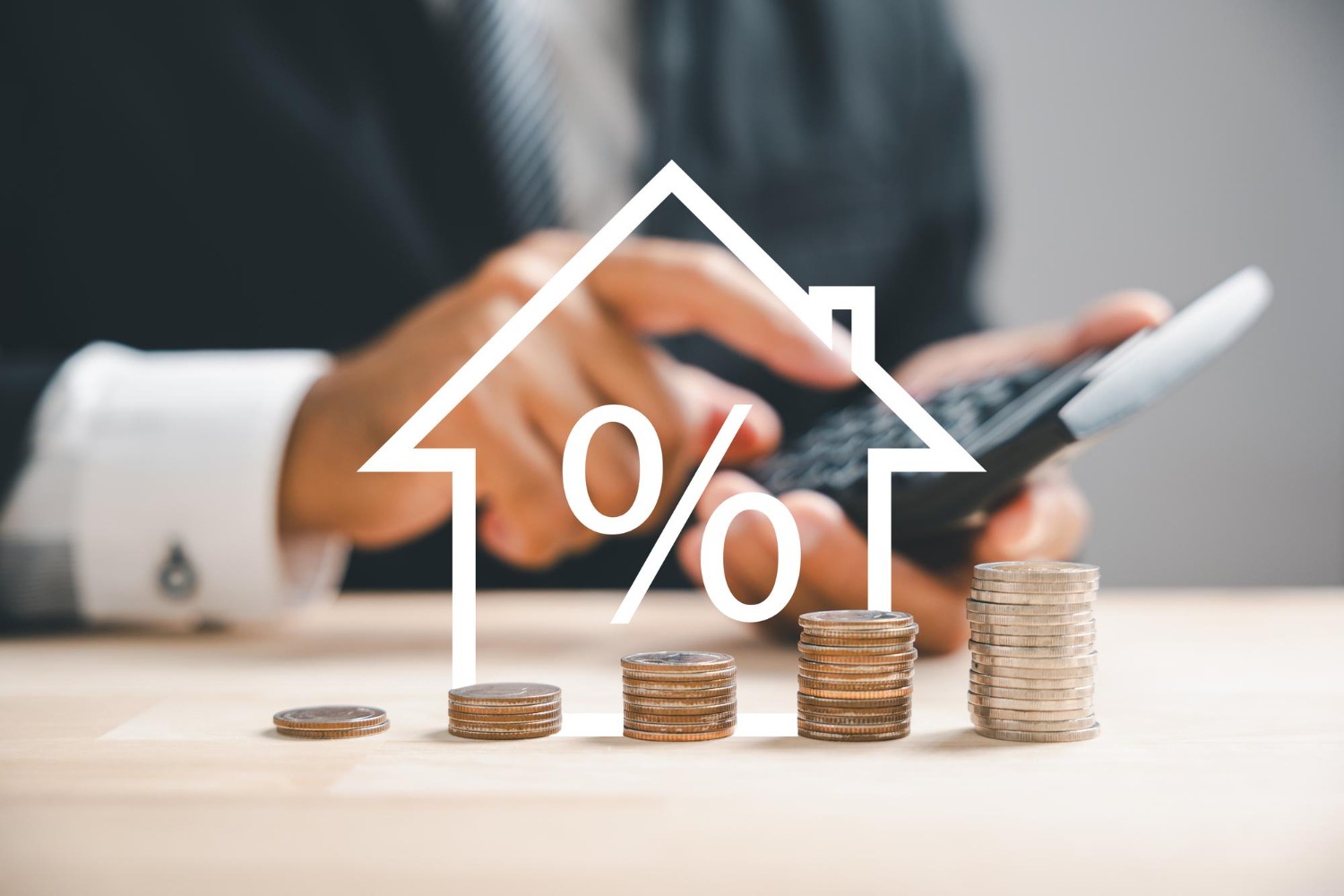
What is Circle Rate?
Circle rate, also known as guideline value or government value, is the minimum rate at which properties can be bought or sold in a particular area. These rates are usually set by state governments and play a crucial role in real estate transactions by setting a floor price for various properties in different locations.
Importance of Circle Rate
- Stamp Duty Calculation: Circle rates are instrumental in calculating the stamp duty payable on property transactions. Higher circle rates can lead to higher stamp duty costs.
- Preventing Undervaluation: By setting a minimum price, circle rates help prevent the undervaluation of properties, thereby reducing loss in government revenue and discouraging black money transactions.
- Revenue Generation: Accurate circle rates ensure fair revenue generation from property transactions which is pivotal for local development.
How Circle Rates Affect Property Buying
Circle rates impact the property buying process in several ways:
- Loan Valuation: Financial institutions often reference circle rates to assess property value for loan purposes.
- Market Sentiment: High circle rates might cool down property markets as they increase the entry cost for buyers, potentially leading to a reduction in transaction volumes.
Circle Rate vs. Market Rate
When considering property transactions, it’s crucial to differentiate between the circle rate and the market rate. The circle rate, set by the government, serves as a benchmark for the minimum transaction value of properties within a specific area.
This rate is typically reviewed and updated on an annual basis to align with the evolving real estate landscape. In contrast, the market rate is dictated by the dynamics of the free market, influenced by factors such as supply and demand, economic conditions, and other situational variables.
Unlike the more stable circle rate, the market rate can fluctuate significantly and more frequently, reflecting immediate market conditions and trends. This distinction is essential for buyers and sellers to understand as it impacts property valuation, taxation, and financing.
Factors Influencing Circle Rates
- Location: Proximity to amenities, infrastructure, and commercial hubs can elevate the circle rate.
- Property Type: Commercial properties often have higher circle rates compared to residential properties.
- Economic Conditions: Economic downturns or booms can prompt revisions in the circle rates to match the new economic realities.
What Happens When Circle Rates are Higher Than Market Rates?
- Financial Strain on Buyers: Buyers might end up paying higher stamp duty and taxes than the actual market valuation of the property.
- Decrease in Transactions: Real estate markets can stagnate if buyers defer purchasing decisions due to inflated costs arising from high circle rates.
Why do circle rates vary within a city?
Circle rates can differ significantly within a city due to varying development levels, local infrastructure, and neighborhood desirability.
How often are circle rates updated?
Typically, local governments review and update circle rates annually, but this can vary based on market conditions and policy objectives.
Can circle rates be contested?
Yes, if buyers or sellers feel that the circle rates do not reflect the true market conditions, they can appeal to the appropriate authorities for a reassessment.
By understanding both circle and market rates, buyers and sellers can make more informed decisions and navigate the complexities of the real estate market more effectively. As a leading developer, Artech Realtors is committed to providing clients with all the necessary information to ensure they can make the best possible investment decisions. For those interested in purchasing flats in Trivandrum, Artech Realtors offers a range of luxurious options that cater to various tastes and budgets, ensuring that your investment aligns perfectly with market values and circle rates.













